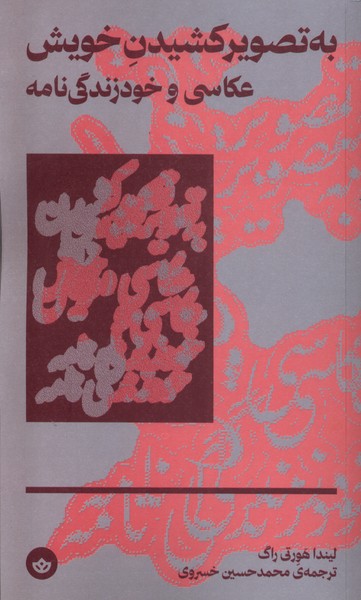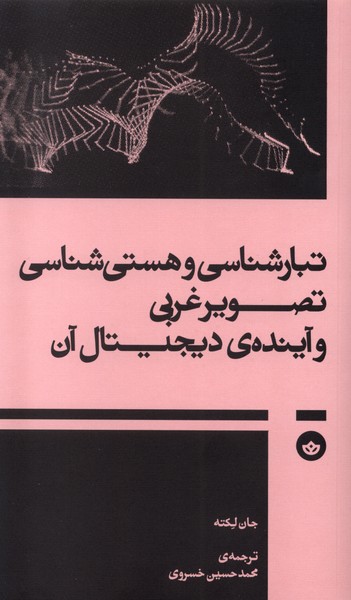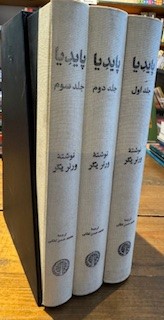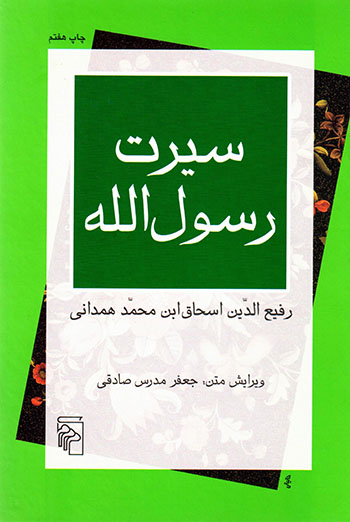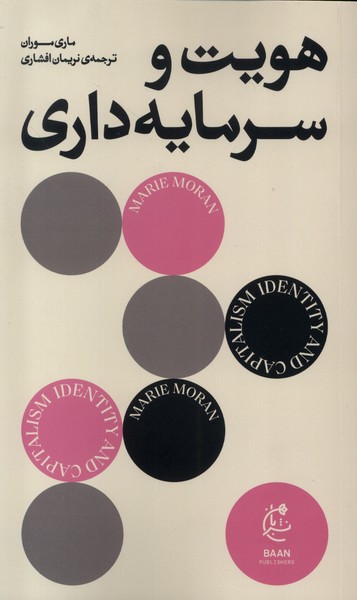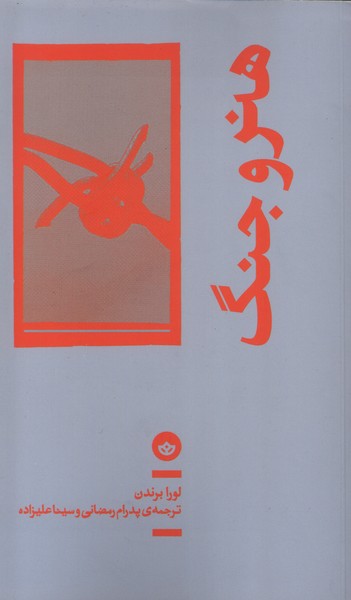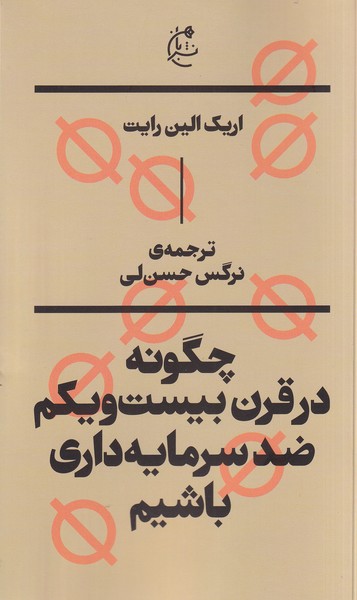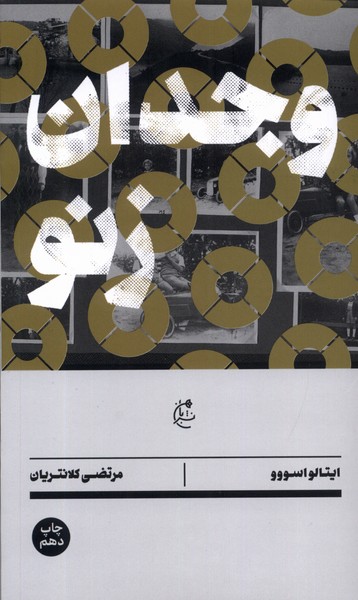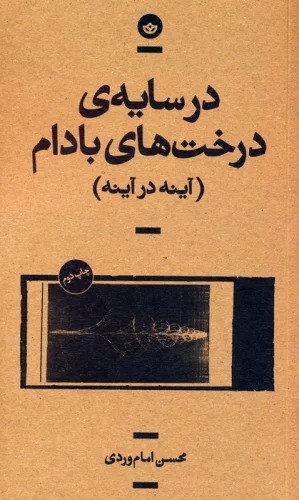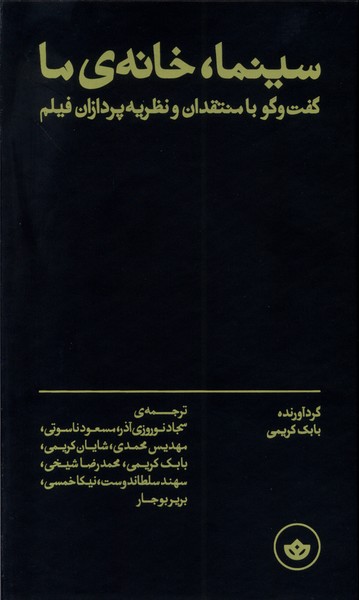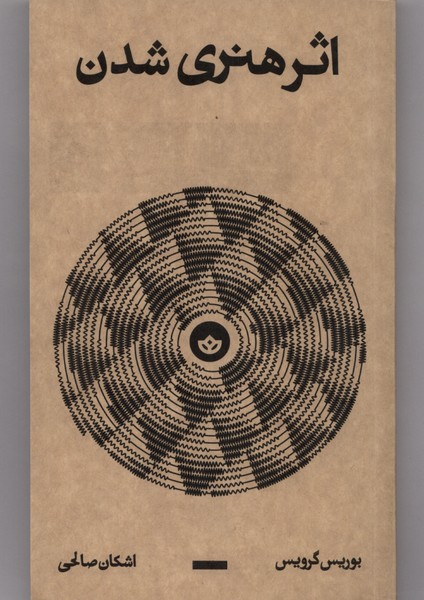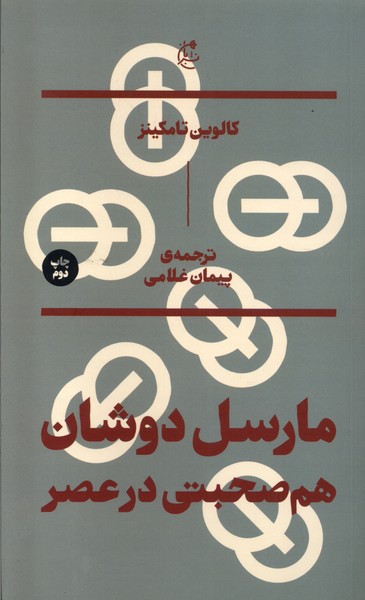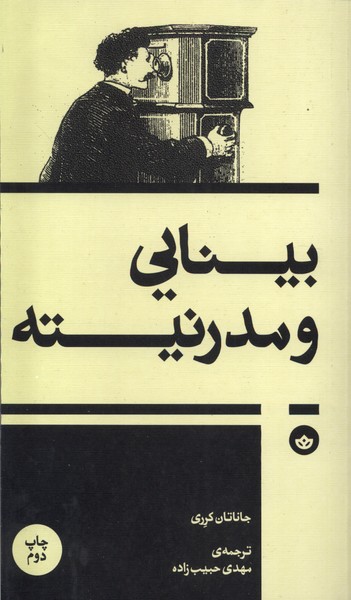Bah Taṣvīr Kishīdan-i Khvīsh ('akkāsī va Khud'zindigī Nāmah): Persiska (Farsi) 1402
به تصویر کشیدن خویش (عکاسی و خودزندگینامه)
17,25 £
Dela
Wishlist
Originaltitel:
Picturing Ourselves: Photography and Autobiography
ISBN:
9786226414869
Översättare:
Muḥammad'ḥusayn Khusravī
Förlag:
Nashr-i Baan
Åldersgrupp:
Vuxen
Sidor:
400
Vikt:
424 g
Produktmått:
14 x 21 x 3
,
6 cm
Bokomslag:
Pocketbok
Photography has transformed the way we picture ourselves. Although photographs seem to "prove" our existence at a given point in time, they also demonstrate the impossibility of framing our multiple and fragmented selves. As Linda Haverty Rugg convincingly shows, photography's double take on self-image mirrors the concerns of autobiographers, who see the self as simultaneously divided (in observing/being) and unified by the autobiographical act.
Rugg tracks photography's impact on the formation of self-image through the study of four literary autobiographers concerned with the transformative power of photography. Obsessed with self-image, Mark Twain and August Strindberg both attempted (unsuccessfully) to integrate photographs into their autobiographies. While Twain encouraged photographers, he was wary of fakery and kept a fierce watch on the distribution of his photographic image. Strindberg, believing that photographs had occult power, preferred to photograph himself.
Because of their experiences under National Socialism, Walter Benjamin and Christa Wolf feared the dangerously objectifying power of photographs and omitted them from their autobiographical writings. Yet Benjamin used them in his photographic conception of history, which had its testing ground in his often-ignored Berliner Kindheit um 1900 . And Christa Wolf's narrator in Patterns of Childhood attempts to reclaim her childhood from the Nazis by reconstructing mental images of lost family photographs.
Confronted with multiple and conflicting images of themselves, all four of these writers are torn between the knowledge that texts, photographs, and indeed selves are haunted by undecidability and the desire for the returned glance of a single self.
more
عکاسی تصویر ما از خود را تغییر داده است. اگرچه به نظر میرسد عکسها وجود ما را در یک برهه زمانی مشخص «اثبات» میکنند، اما غیرممکن بودن قاببندی خود چندگانه و تکه تکه ما را نیز نشان میدهند. همانطور که لیندا هاورتی راگ به طور متقاعدکننده ای نشان می دهد، برداشت دوگانه عکاسی از خودانگاره، منعکس کننده نگرانی های زندگی نامه نویسان است، که خود را به طور همزمان تقسیم می کنند (در مشاهده/بودن) و با عمل زندگی نامه ای متحد می شوند.
راگ تأثیر عکاسی بر شکلگیری تصویر از خود را از طریق مطالعه چهار زندگینامهنویس ادبی مرتبط با قدرت دگرگونکننده عکاسی دنبال میکند. مارک تواین و آگوست استریندبرگ که با تصور از خود وسواس داشتند، هر دو تلاش کردند (ناموفق) عکس ها را در زندگی نامه خود ادغام کنند. در حالی که تواین عکاسان را تشویق می کرد، او از ساختگی محتاط بود و به شدت مراقب توزیع تصویر عکاسی خود بود. استریندبرگ که معتقد بود عکس ها قدرت غیبی دارند، ترجیح داد از خودش عکس بگیرد.
والتر بنجامین و کریستا ولف به دلیل تجارب خود در دوران ناسیونال سوسیالیسم از قدرت عینی سازی خطرناک عکس ها می ترسیدند و آنها را از نوشته های زندگی نامه خود حذف می کردند. با این حال، بنیامین از آنها در برداشت عکاسی خود از تاریخ استفاده کرد، که محل آزمایشش در برلین Kindheit um 1900 بود که اغلب نادیده گرفته می شد. و راوی کریستا ولف در الگوهای کودکی تلاش میکند تا با بازسازی تصاویر ذهنی از عکسهای خانوادگی گمشده، دوران کودکی خود را از نازیها پس بگیرد.
در مواجهه با تصاویر متعدد و متضاد از خود، هر چهار نویسنده بین این آگاهی که متنها، عکسها و در واقع خود در تسخیر تصمیمناپذیری و میل به نگاه بازگشتی به یک خود هستند، سرگردان هستند.
more

